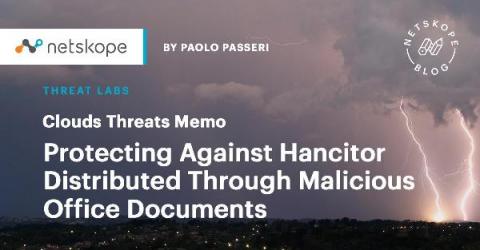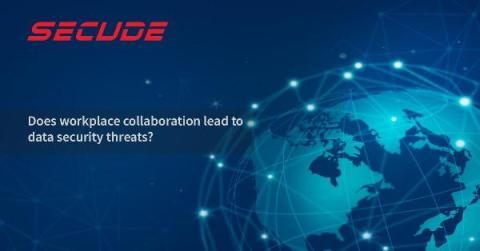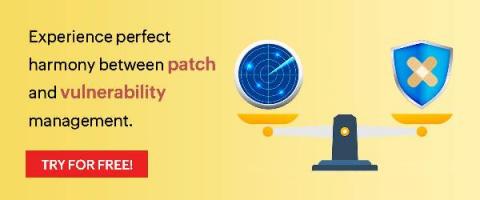Cloud Threats Memo: Protecting Against Hancitor Distributed Through Malicious Office Documents
Hancitor (AKA CHanitor, Tordal) is a popular macro-based malware distributed via malicious Office documents delivered through malspam. In the latest campaigns, particularly active between October and December 2020, the malware has been distributed via DocuSign-themed emails asking the victims to review and sign a document. The fake DocuSign link downloads a Microsoft Word document whose malicious macro, once enabled, installs the Hancitor malware.











